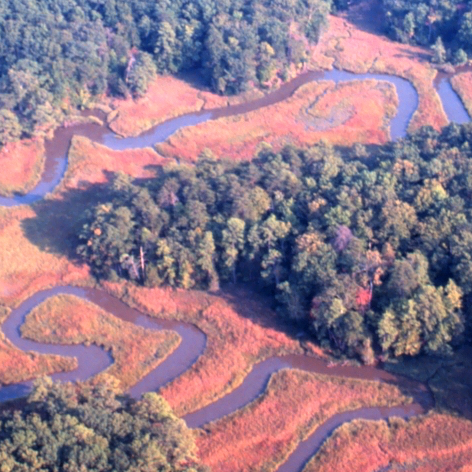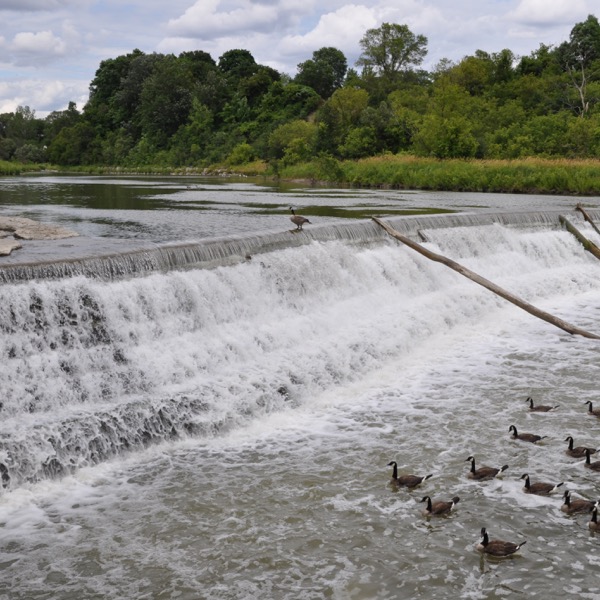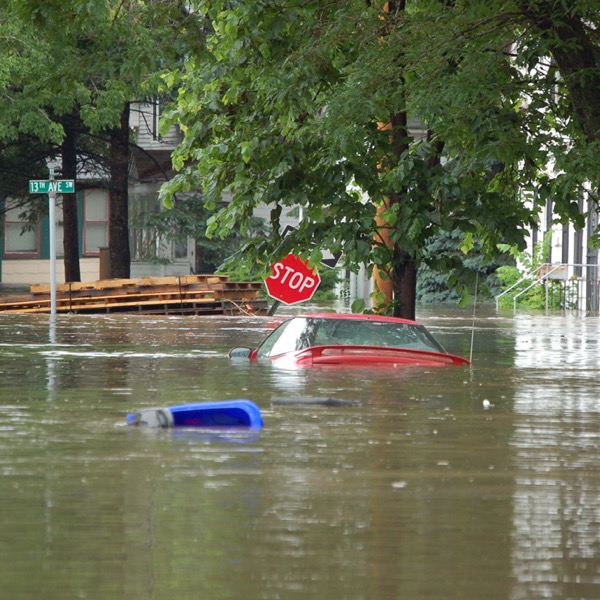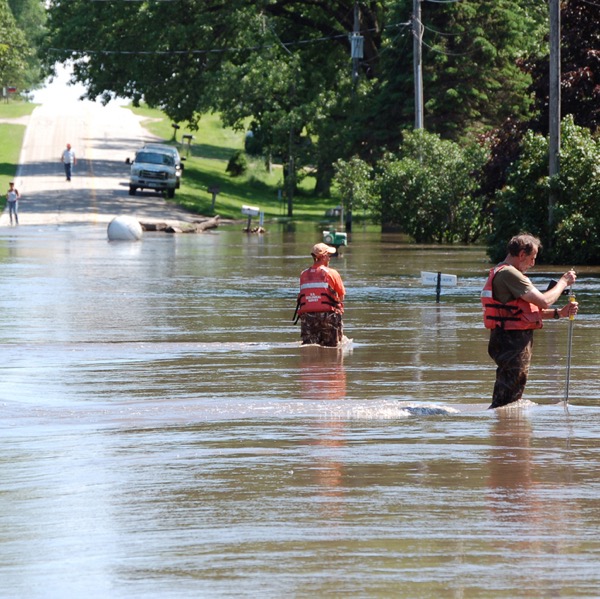12.1: Introduction
- Page ID
- 12939
\( \newcommand{\vecs}[1]{\overset { \scriptstyle \rightharpoonup} {\mathbf{#1}} } \)
\( \newcommand{\vecd}[1]{\overset{-\!-\!\rightharpoonup}{\vphantom{a}\smash {#1}}} \)
\( \newcommand{\dsum}{\displaystyle\sum\limits} \)
\( \newcommand{\dint}{\displaystyle\int\limits} \)
\( \newcommand{\dlim}{\displaystyle\lim\limits} \)
\( \newcommand{\id}{\mathrm{id}}\) \( \newcommand{\Span}{\mathrm{span}}\)
( \newcommand{\kernel}{\mathrm{null}\,}\) \( \newcommand{\range}{\mathrm{range}\,}\)
\( \newcommand{\RealPart}{\mathrm{Re}}\) \( \newcommand{\ImaginaryPart}{\mathrm{Im}}\)
\( \newcommand{\Argument}{\mathrm{Arg}}\) \( \newcommand{\norm}[1]{\| #1 \|}\)
\( \newcommand{\inner}[2]{\langle #1, #2 \rangle}\)
\( \newcommand{\Span}{\mathrm{span}}\)
\( \newcommand{\id}{\mathrm{id}}\)
\( \newcommand{\Span}{\mathrm{span}}\)
\( \newcommand{\kernel}{\mathrm{null}\,}\)
\( \newcommand{\range}{\mathrm{range}\,}\)
\( \newcommand{\RealPart}{\mathrm{Re}}\)
\( \newcommand{\ImaginaryPart}{\mathrm{Im}}\)
\( \newcommand{\Argument}{\mathrm{Arg}}\)
\( \newcommand{\norm}[1]{\| #1 \|}\)
\( \newcommand{\inner}[2]{\langle #1, #2 \rangle}\)
\( \newcommand{\Span}{\mathrm{span}}\) \( \newcommand{\AA}{\unicode[.8,0]{x212B}}\)
\( \newcommand{\vectorA}[1]{\vec{#1}} % arrow\)
\( \newcommand{\vectorAt}[1]{\vec{\text{#1}}} % arrow\)
\( \newcommand{\vectorB}[1]{\overset { \scriptstyle \rightharpoonup} {\mathbf{#1}} } \)
\( \newcommand{\vectorC}[1]{\textbf{#1}} \)
\( \newcommand{\vectorD}[1]{\overrightarrow{#1}} \)
\( \newcommand{\vectorDt}[1]{\overrightarrow{\text{#1}}} \)
\( \newcommand{\vectE}[1]{\overset{-\!-\!\rightharpoonup}{\vphantom{a}\smash{\mathbf {#1}}}} \)
\( \newcommand{\vecs}[1]{\overset { \scriptstyle \rightharpoonup} {\mathbf{#1}} } \)
\( \newcommand{\vecd}[1]{\overset{-\!-\!\rightharpoonup}{\vphantom{a}\smash {#1}}} \)
\(\newcommand{\avec}{\mathbf a}\) \(\newcommand{\bvec}{\mathbf b}\) \(\newcommand{\cvec}{\mathbf c}\) \(\newcommand{\dvec}{\mathbf d}\) \(\newcommand{\dtil}{\widetilde{\mathbf d}}\) \(\newcommand{\evec}{\mathbf e}\) \(\newcommand{\fvec}{\mathbf f}\) \(\newcommand{\nvec}{\mathbf n}\) \(\newcommand{\pvec}{\mathbf p}\) \(\newcommand{\qvec}{\mathbf q}\) \(\newcommand{\svec}{\mathbf s}\) \(\newcommand{\tvec}{\mathbf t}\) \(\newcommand{\uvec}{\mathbf u}\) \(\newcommand{\vvec}{\mathbf v}\) \(\newcommand{\wvec}{\mathbf w}\) \(\newcommand{\xvec}{\mathbf x}\) \(\newcommand{\yvec}{\mathbf y}\) \(\newcommand{\zvec}{\mathbf z}\) \(\newcommand{\rvec}{\mathbf r}\) \(\newcommand{\mvec}{\mathbf m}\) \(\newcommand{\zerovec}{\mathbf 0}\) \(\newcommand{\onevec}{\mathbf 1}\) \(\newcommand{\real}{\mathbb R}\) \(\newcommand{\twovec}[2]{\left[\begin{array}{r}#1 \\ #2 \end{array}\right]}\) \(\newcommand{\ctwovec}[2]{\left[\begin{array}{c}#1 \\ #2 \end{array}\right]}\) \(\newcommand{\threevec}[3]{\left[\begin{array}{r}#1 \\ #2 \\ #3 \end{array}\right]}\) \(\newcommand{\cthreevec}[3]{\left[\begin{array}{c}#1 \\ #2 \\ #3 \end{array}\right]}\) \(\newcommand{\fourvec}[4]{\left[\begin{array}{r}#1 \\ #2 \\ #3 \\ #4 \end{array}\right]}\) \(\newcommand{\cfourvec}[4]{\left[\begin{array}{c}#1 \\ #2 \\ #3 \\ #4 \end{array}\right]}\) \(\newcommand{\fivevec}[5]{\left[\begin{array}{r}#1 \\ #2 \\ #3 \\ #4 \\ #5 \\ \end{array}\right]}\) \(\newcommand{\cfivevec}[5]{\left[\begin{array}{c}#1 \\ #2 \\ #3 \\ #4 \\ #5 \\ \end{array}\right]}\) \(\newcommand{\mattwo}[4]{\left[\begin{array}{rr}#1 \amp #2 \\ #3 \amp #4 \\ \end{array}\right]}\) \(\newcommand{\laspan}[1]{\text{Span}\{#1\}}\) \(\newcommand{\bcal}{\cal B}\) \(\newcommand{\ccal}{\cal C}\) \(\newcommand{\scal}{\cal S}\) \(\newcommand{\wcal}{\cal W}\) \(\newcommand{\ecal}{\cal E}\) \(\newcommand{\coords}[2]{\left\{#1\right\}_{#2}}\) \(\newcommand{\gray}[1]{\color{gray}{#1}}\) \(\newcommand{\lgray}[1]{\color{lightgray}{#1}}\) \(\newcommand{\rank}{\operatorname{rank}}\) \(\newcommand{\row}{\text{Row}}\) \(\newcommand{\col}{\text{Col}}\) \(\renewcommand{\row}{\text{Row}}\) \(\newcommand{\nul}{\text{Nul}}\) \(\newcommand{\var}{\text{Var}}\) \(\newcommand{\corr}{\text{corr}}\) \(\newcommand{\len}[1]{\left|#1\right|}\) \(\newcommand{\bbar}{\overline{\bvec}}\) \(\newcommand{\bhat}{\widehat{\bvec}}\) \(\newcommand{\bperp}{\bvec^\perp}\) \(\newcommand{\xhat}{\widehat{\xvec}}\) \(\newcommand{\vhat}{\widehat{\vvec}}\) \(\newcommand{\uhat}{\widehat{\uvec}}\) \(\newcommand{\what}{\widehat{\wvec}}\) \(\newcommand{\Sighat}{\widehat{\Sigma}}\) \(\newcommand{\lt}{<}\) \(\newcommand{\gt}{>}\) \(\newcommand{\amp}{&}\) \(\definecolor{fillinmathshade}{gray}{0.9}\)Module 12
Streams and Floods

Introduction
Think about how many times a day you take water for granted— you assume the tap will be flowing when you turn on your faucet, you expect rainfall to water your lawn, and you may count on water for your recreation. Not only is water necessary for many of life’s functions, it is also a considerable geologic agent. Water can sculpt the landscape dramatically over time both by carving canyons as well as depositing thick layers of sediment. Some of these processes are slow and result in landscapes worn down over time. Others, such as floods, can be dramatic and dangerous.
What happens to water during a rainstorm? Imagine that you are outside in a parking lot with grassy areas nearby. Where does the water from the parking lot go? Much of it will run off as sheet flow and eventually join a stream. What happens to the rain in the grassy area? Much of it will infiltrate, or soak into the ground. We will learn about both surface water and groundwater in the next two modules. Both are integral parts of the water cycle, in which water gets continually recycled through the atmosphere, to the land, and back to the oceans. This cycle, powered by the sun, operates easily since water can change form from liquid to gas (or water vapor) quickly under surface conditions. Both surface water and groundwater are beneficial for drinking water, industry, agri- culture, recreation, and commerce. Demand for water will only increase as population increases, making it vital to protect water resources both above and below ground.
Select an image to view larger



Module Objectives
At the completion of this module you will be able to:
- Explain the hydrological cycle and residence times of water in its various compartments.
- Describe a drainage basin and different types of drainage patterns.
- Explain how streams form, how they are graded, and how flow velocity and sediment size are related to erosion and deposition in a stream channel.
- Describe the process of stream evolution and the types of environments where one would expect to find straight-channel, braided, and meandering streams.
- Describe examples of processes that lead to flooding.
Activities Overview
See the Schedule of Work for dates of availability and due dates.
Be sure to read through the directions for all of this module’s activities before getting started so that you can plan your time accordingly. You are expected to work on this course throughout the week.
Module 12 Assignment: Calculating and Assessing Flood Recurrence Intervals
10 points
After you complete the reading, you can start working on Module 12 Assignment – Calculating and Assessing Flood Recurrence Intervals
Module 12 Quiz
10 points
Module 12 Quiz has 10 multiple-choice questions and is based on the content of the Module 12 readings and Assignment 12.
The quiz is worth a total of 10 points (1 points per question). You will have only 10 minutes to complete the quiz, and you may take this quiz only once. Note: that is not enough time to look up the answers!
Make sure that you fully understand all of the concepts presented and study for this quiz as though it were going to be proctored in a classroom, or you will likely find yourself running out of time.
Keep track of the time, and be sure to look over your full quiz results after you have submitted it for a grade.
Your Questions and Concerns…
Please contact me if you have any questions or concerns.
General course questions: If your question is of a general nature such that other students would benefit from the answer, then go to the discussions area and post it as a question thread in the “General course questions” discussion area.
Personal questions: If your question is personal, (e.g. regarding my comments to you specifically), then send me an email from within this course.
- Module 12: Streams and Floods. Authored by: Anne Huth. Provided by: Pima Community College. Located at: http://cc.pima.edu/~lumen/glg101/module%20parts%20-%20LUMEN/Module12/L_Mod12.html. License: CC BY: Attribution
- Physical Geology, Adapted by Anne Huth, Pima Community College. Authored by: Steven Earle. Located at: https://opentextbc.ca/geology/. License: CC BY: Attribution
- Laboratory Manual for Introductory Geology, Adapted by Anne Huth, Pima Community College. Authored by: Bradley Deline, Randa Harris, and Karen Defend. Located at: https://open.umn.edu/opentextbooks/BookDetail.aspx?bookId=506. License: CC BY: Attribution
- Figure 1: Delta Ponds, Eugene Oregon. Authored by: Rick Obst. Provided by: Flickr. Located at: https://www.flickr.com/photos/discoveroregon/14932649001/in/album-72157646111829080/. License: CC BY-NC: Attribution-NonCommercial
- Figure 3: Waterfall in Pant Glas. Authored by: Philip Halling. Provided by: geograph.org. Located at: https://commons.wikimedia.org/wiki/File:Waterfall_in_Pant_Glas_-_geograph.org.uk_-_561148.jpg. License: CC BY-SA: Attribution-ShareAlike
- Figure 4: Gobi Flood. Authored by: Qfl247. Provided by: Wikimedia Commons. Located at: https://commons.wikimedia.org/wiki/File:GobiFlood.JPG. License: CC BY: Attribution
- Figure 5: Humber Weir. Authored by: Risker. Provided by: Wikimedia Commons. Located at: https://commons.wikimedia.org/wiki/File:Humber_Weir.JPG. License: CC BY-SA: Attribution-ShareAlike
- Figure 2: Chesapeake Bay Virginia National Estuarine Research Reserve. Authored by: April Bahen. Provided by: CBNERRVA. Located at: https://photolib.noaa.gov/Collections/National-Estuarine-Research-Reserve-System/Aerial-View/emodule/853/eitem/38279. License: Public Domain: No Known Copyright
- Figure 6: Flooding in Cedar Rapids, IA. Authored by: Don Becker, USGS. Provided by: Wikimedia Commons. Located at: https://commons.wikimedia.org/wiki/File:Flooding_in_Cedar_Rapids,_IA_(2594316586).jpg. License: Public Domain: No Known Copyright
- Figure 7: Flooding Monitoring in Waverly, IA. Authored by: USGS. Provided by: Wikimedia Commons. Located at: https://commons.wikimedia.org/wiki/File:Flood_Monitoring,_Waverly,_IA_(2593506987).jpg. License: Public Domain: No Known Copyright




